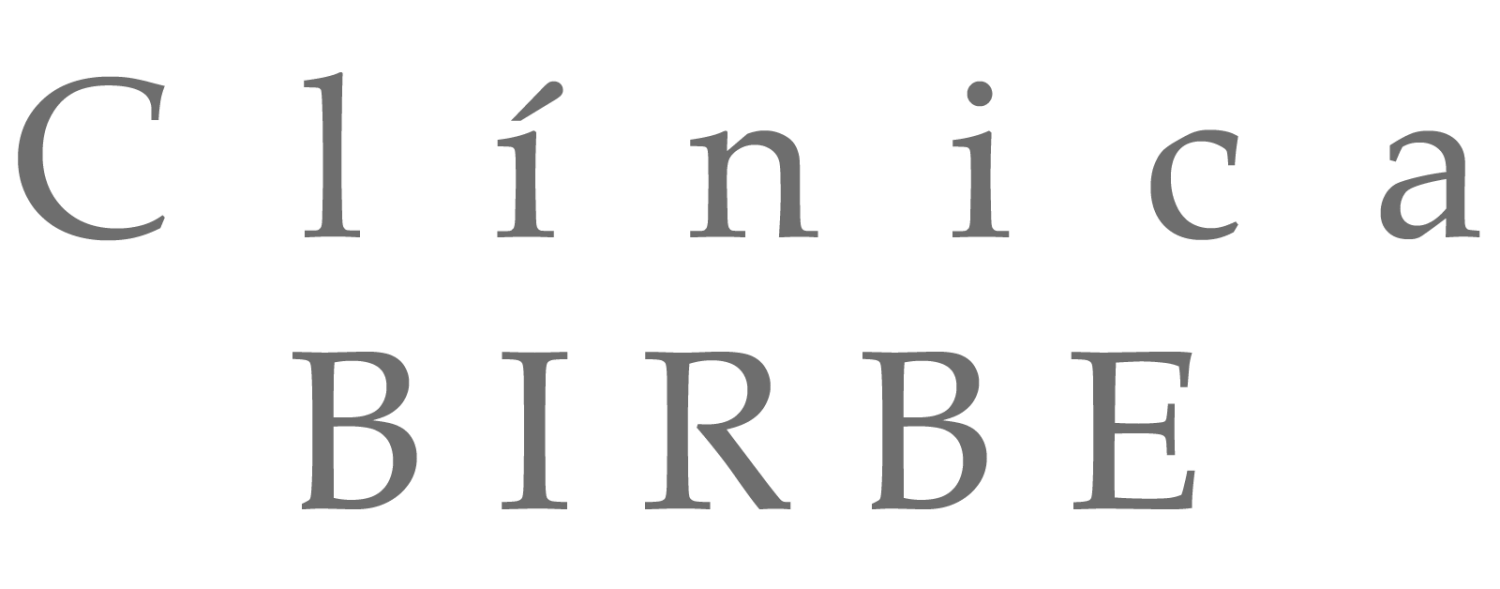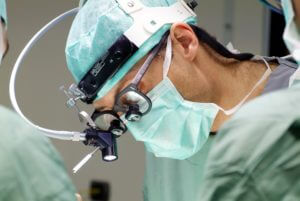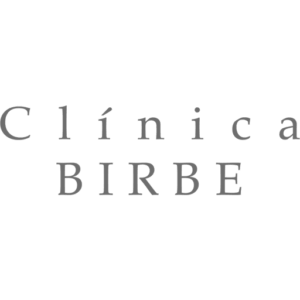Obstructive sleep apnoea (OSA) is a common breathing disorder affecting many people, which can significantly impact health. It is characterized by repeated interruptions in breathing during sleep due to the collapse of the upper airway. These interruptions can decrease oxygen levels in the blood by up to 10%, leading to poor sleep quality, which is often insufficient and non-restorative. Orthognathic surgery stands as the most effective and definitive treatment for obstructive sleep apnoea.
Orthognathic Surgery: The Optimal Treatment for Obstructive Sleep Apnoea
Sleep apnoea occurs when throat muscles relax during sleep, causing a narrowing or obstruction of the upper airway. This typically results in loud snoring, brief periods of breath cessation followed by snorting or gasping, and daytime fatigue or sleepiness. Fortunately, obstructive sleep apnoea can be successfully treated through surgery.
Individuals with obstructive apnoea may not be aware of their condition, as symptoms manifest during sleep. Diagnosis often relies on sleep studies, such as the polygraph conducted at Birbe Clinic, which records various physiological parameters throughout the night, including heart rate, airflow, oxygen saturation, snoring, and changes in position. These parameters help calculate the Apnoea-Hypopnoea Index (AHI) to diagnose the severity of OSA.
Various treatments, including lifestyle adjustments and devices like Continuous Positive Airway Pressure (CPAP) masks or Mandibular Advancement Devices (MAD), can alleviate OSA symptoms. However, long-term compliance and efficacy with these methods may vary.
Despite their utility, orthognathic surgery remains the only curative treatment for obstructive sleep apnoea. This surgical procedure corrects facial structural abnormalities, including jaw misalignment, to widen the upper airway and alleviate or eliminate sleep obstructions.
Orthognathic Surgery: Treatment Mechanism for OSA
Before performing orthognathic surgery, a comprehensive evaluation of the patient’s condition is necessary to accurately plan the intervention and address the underlying cause of OSA.
Following surgery, strict adherence to post-operative instructions is crucial for a speedy recovery and to minimize discomfort and potential complications. Patients should follow dietary recommendations and avoid activities that may exert pressure on the repositioned bones. Detailed aftercare instructions will be provided.
Orthognathic surgery offers significant benefits for OSA patients, including marked improvement in symptoms such as snoring and breathing interruptions, enhanced sleep quality, and reduced risks of complications such as hypertension and cardiovascular disease.
Conclusion
Obstructive sleep apnoea is a prevalent breathing disorder with serious health implications. While various treatment options exist, orthognathic surgery stands out as the most effective and enduring solution in many cases. For further information or appointments, please contact us at +34 932 124 737, via WhatsApp at +34 626 852 363, or email us at clinica@birbe.org.
Article written by the Birbe Editorial Committee




